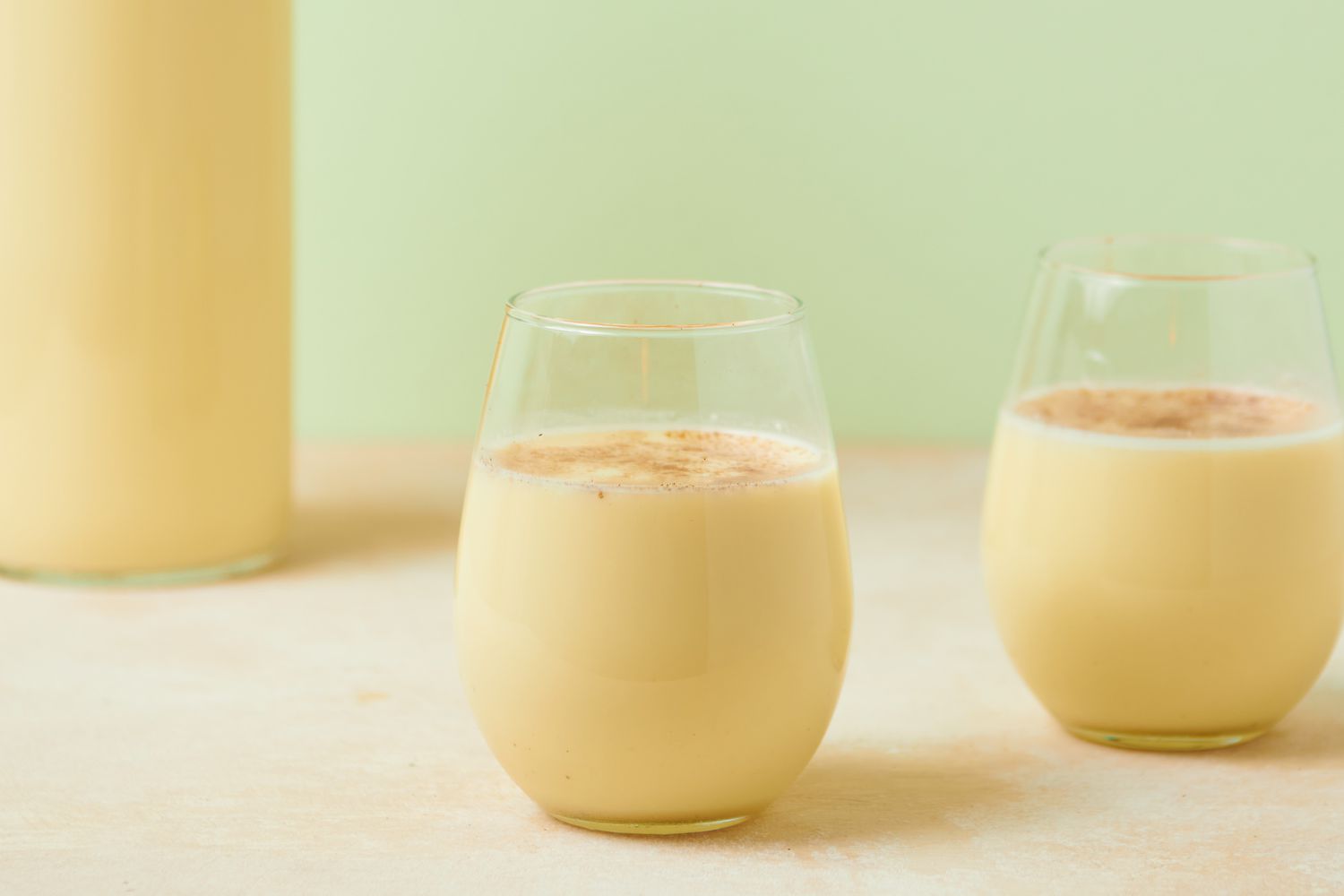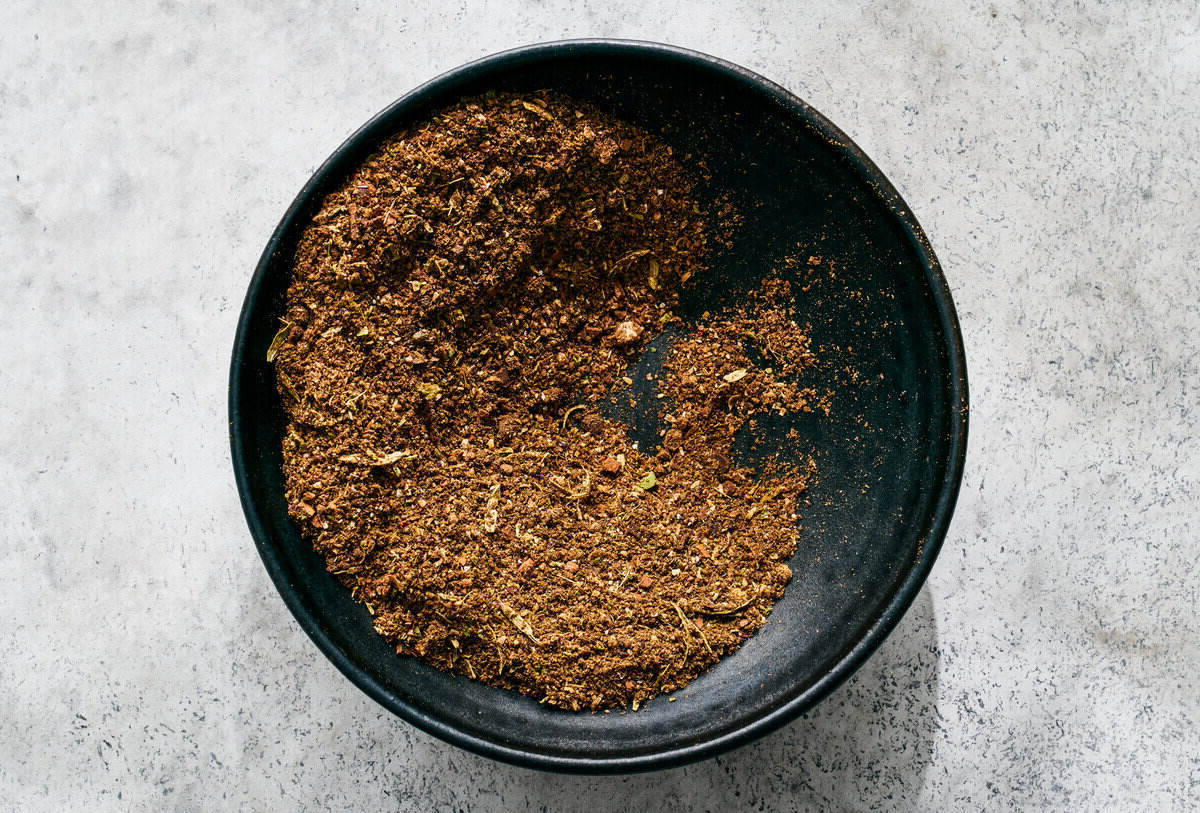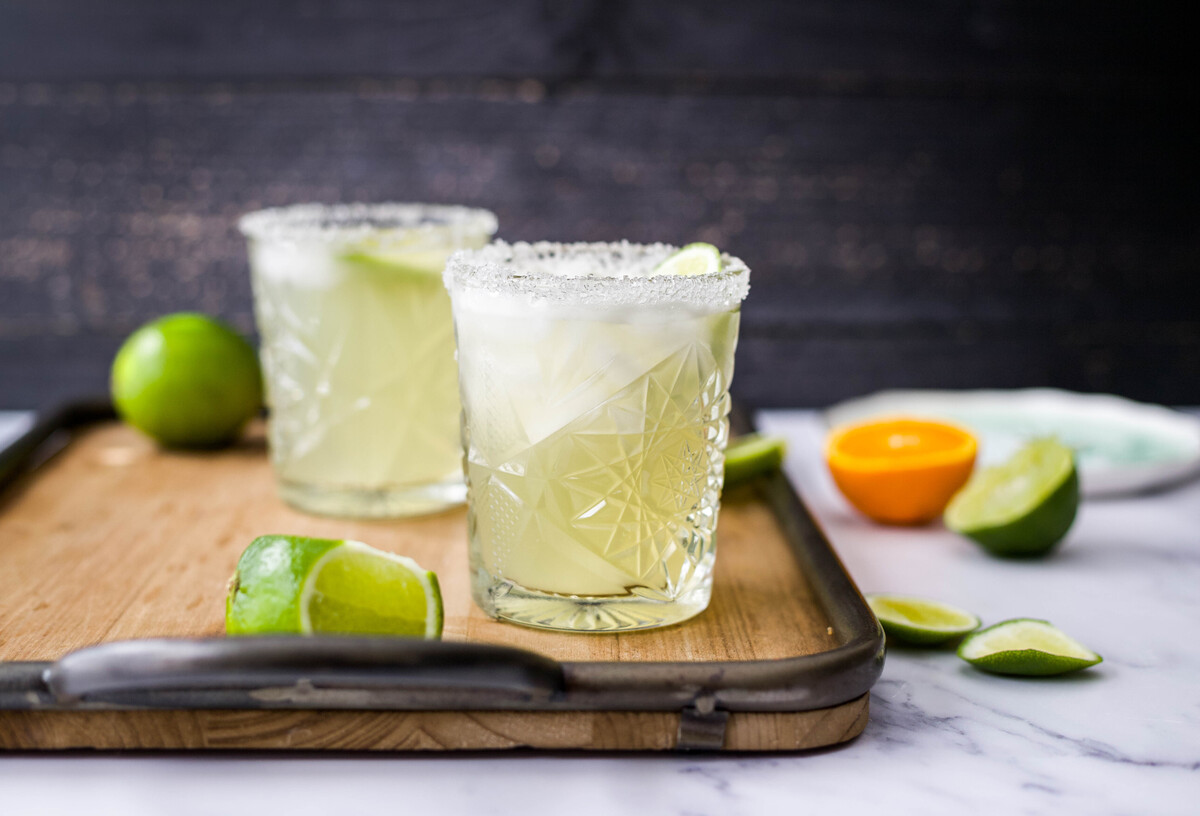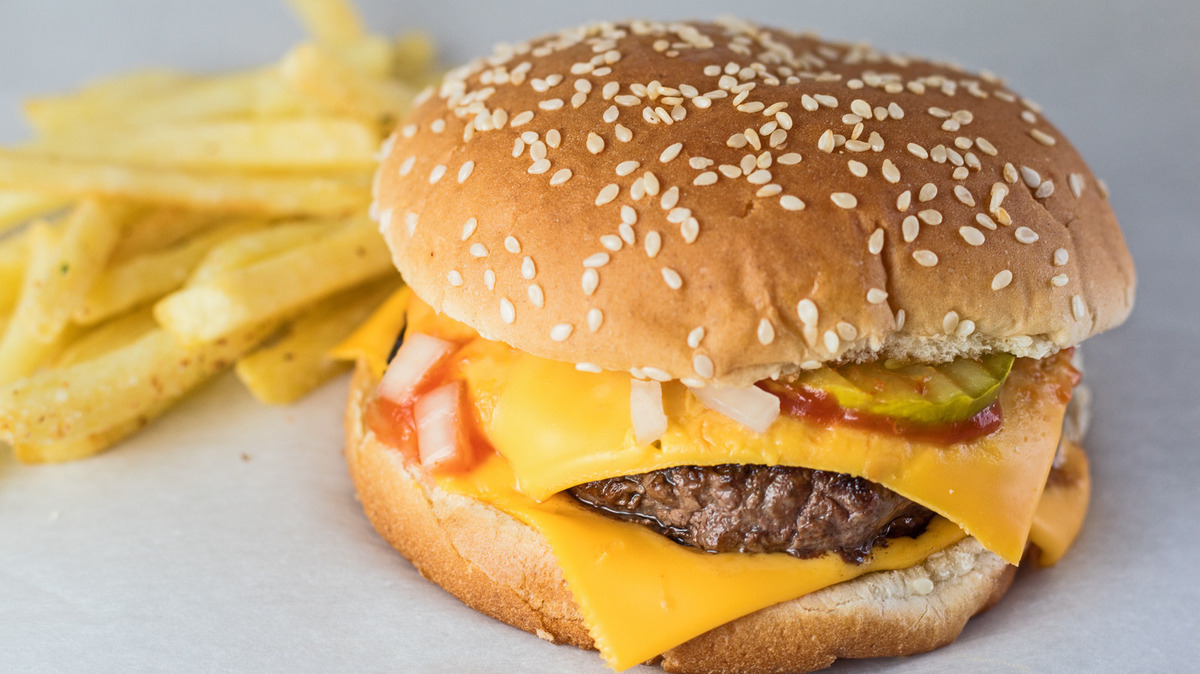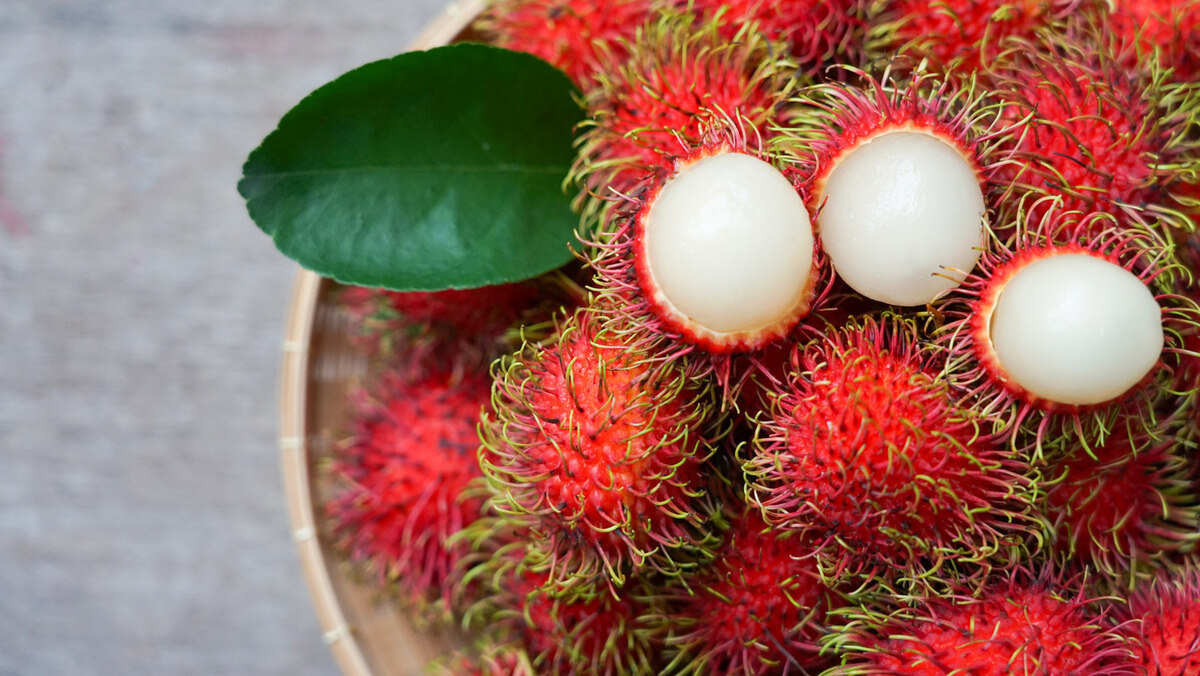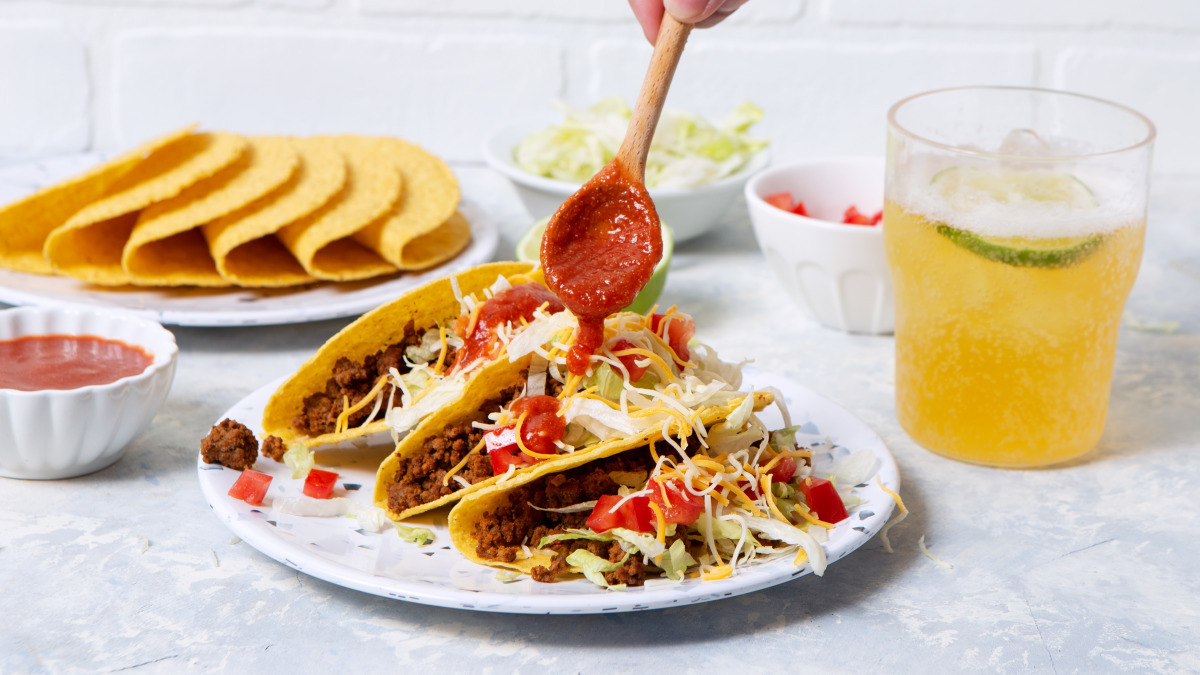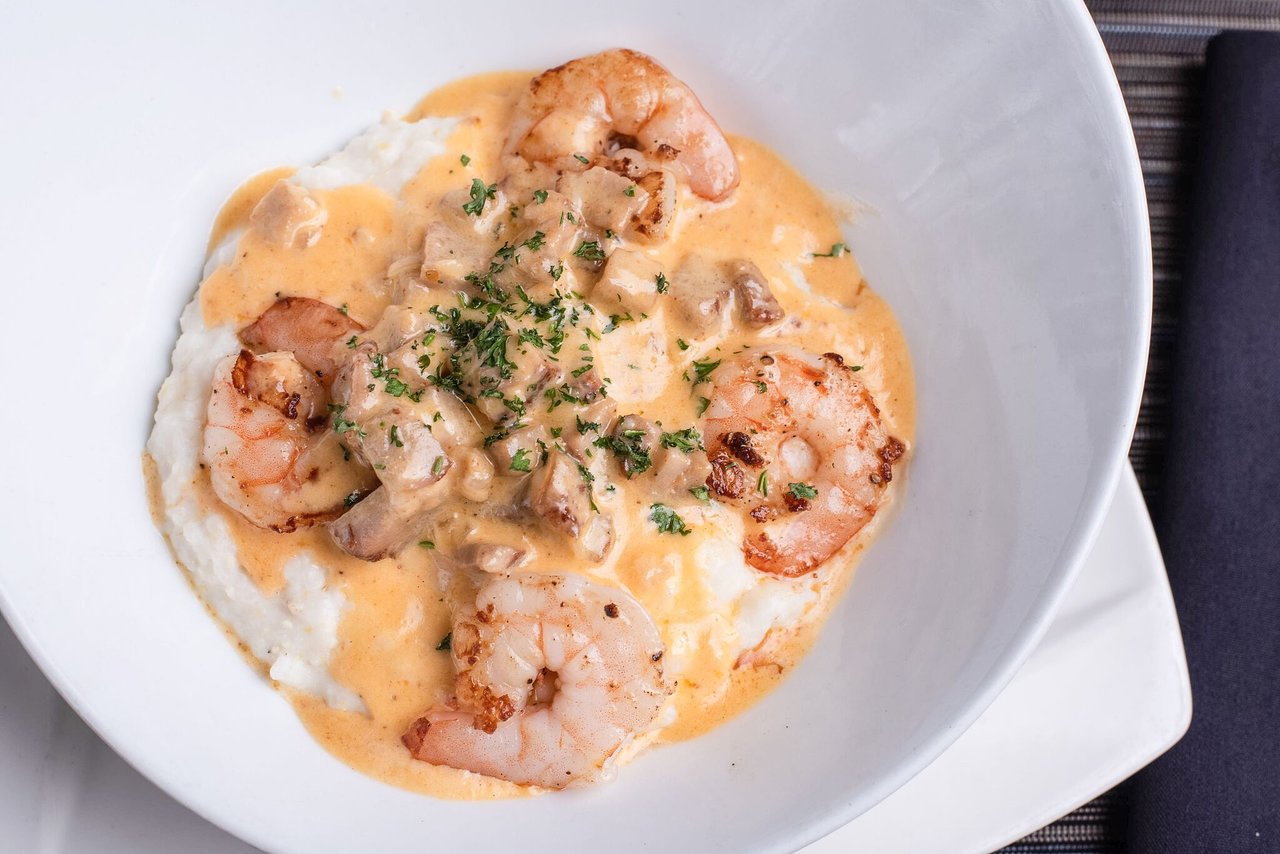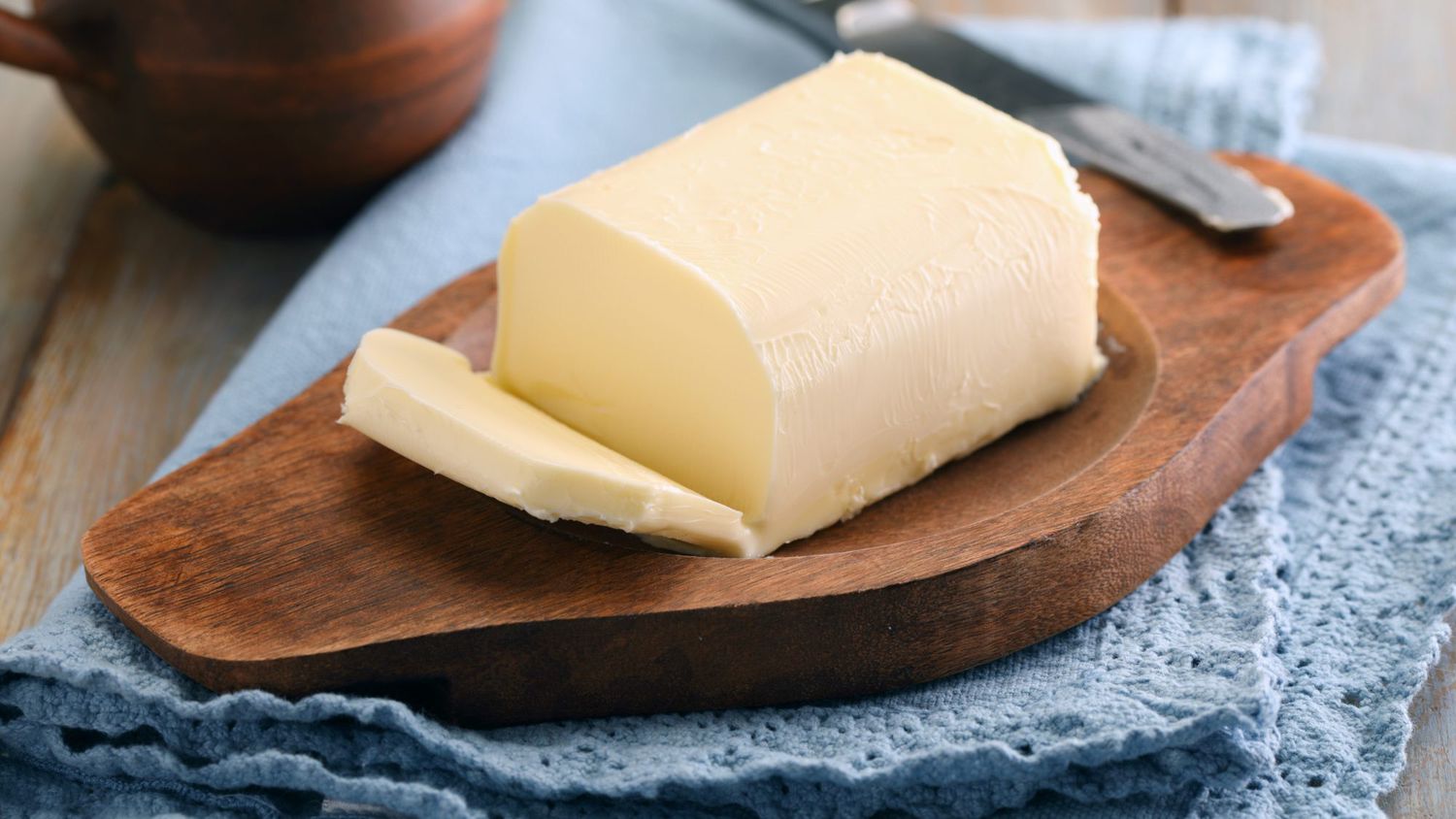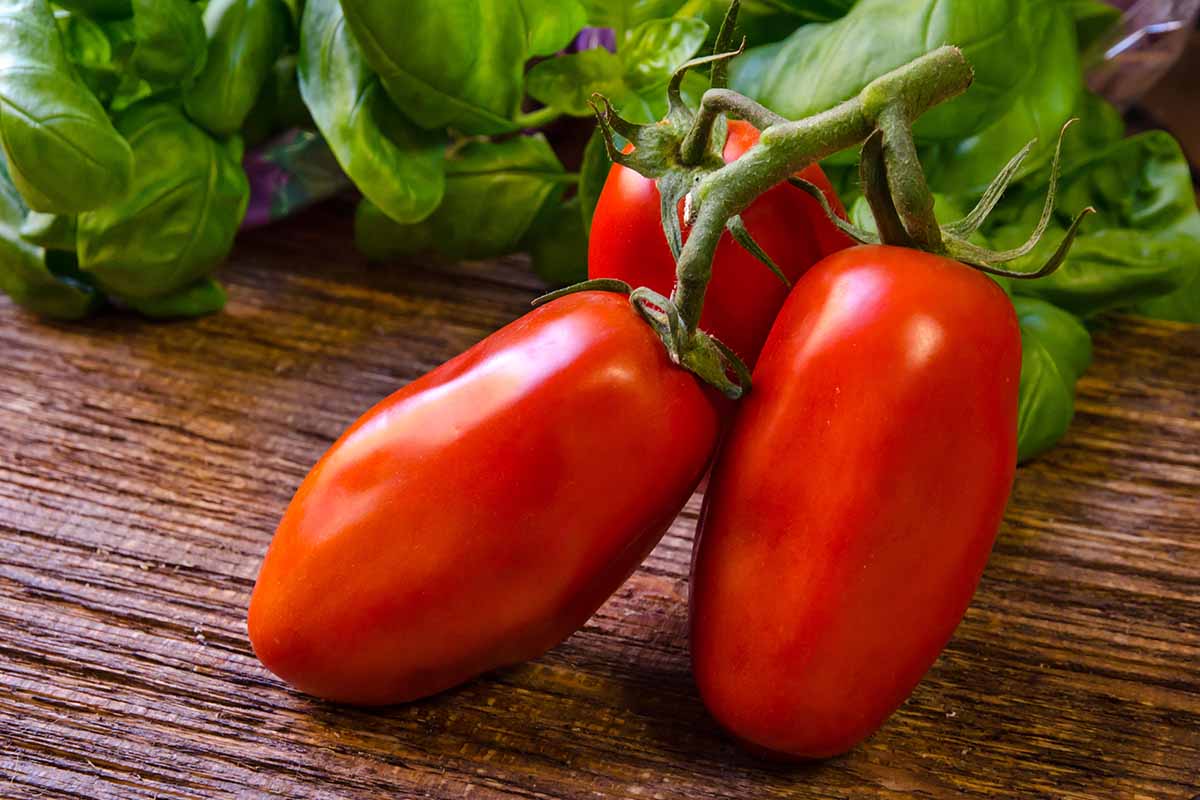When it comes to ribs, there are a few different cuts that you might come across at the grocery store or on a restaurant menu. Two popular types of ribs are short ribs and spare ribs, but what exactly is the difference between the two? Let's take a closer look at each cut to understand their unique characteristics and how they differ from one another.
Short Ribs
Short ribs are a flavorful and rich cut of beef that comes from the lower portion of the cow's ribcage. They are known for their marbling and tenderness, making them a popular choice for braising and slow cooking. Here are some key points about short ribs:
- Cut: Short ribs are taken from the brisket, chuck, or plate areas of the cow.
- Appearance: They are typically shorter and thicker compared to spare ribs, with a higher meat-to-bone ratio.
- Flavor and Texture: Short ribs are well-marbled, resulting in a juicy and succulent texture when cooked. They offer a rich, beefy flavor that is enhanced through slow cooking methods.
- Cooking Methods: Short ribs are best suited for slow cooking techniques such as braising, stewing, or roasting. The low and slow cooking process helps break down the connective tissues, resulting in tender and flavorful meat.
Spare Ribs
Spare ribs, on the other hand, are a popular cut of pork ribs that are known for their delicious, meaty flavor. They come from the belly area of the pig and are often used in barbecue and grilling recipes. Here's what you need to know about spare ribs:
- Cut: Spare ribs are taken from the lower portion of the pig's ribcage, specifically the belly area.
- Appearance: They are longer and flatter compared to short ribs, with a higher bone-to-meat ratio.
- Flavor and Texture: Spare ribs have a rich pork flavor and a slightly chewier texture compared to short ribs. They are often praised for their juicy and tender meat when cooked properly.
- Cooking Methods: Spare ribs are commonly prepared using grilling, smoking, or barbecuing methods. They are often seasoned with dry rubs or marinades to enhance their natural flavor before being cooked over low heat.
Key Differences
Now that we've looked at the individual characteristics of short ribs and spare ribs, let's summarize the key differences between the two:
- Animal: Short ribs are typically beef ribs, while spare ribs are pork ribs.
- Location: Short ribs come from the lower portion of the cow, while spare ribs come from the belly area of the pig.
- Appearance: Short ribs are shorter and thicker with more meat, while spare ribs are longer and flatter with more bones.
- Flavor and Texture: Short ribs offer a rich, beefy flavor and tender texture, while spare ribs have a rich pork flavor and a slightly chewier texture.
- Cooking Methods: Short ribs are best suited for slow cooking techniques, while spare ribs are often prepared using grilling, smoking, or barbecuing methods.
In conclusion, while both short ribs and spare ribs are delicious and flavorful cuts of meat, they differ in terms of animal origin, location on the animal, appearance, flavor, texture, and cooking methods. Whether you're in the mood for beefy richness or juicy pork flavor, there's a rib cut to satisfy your cravings. So, the next time you're planning a barbecue or looking for a hearty meal, consider the unique qualities of each rib cut to determine which one suits your taste preferences and cooking style.

